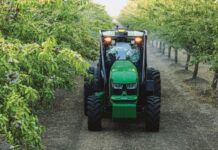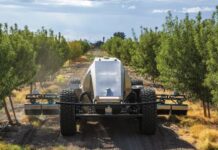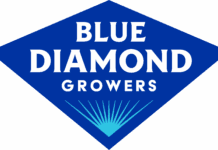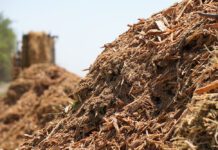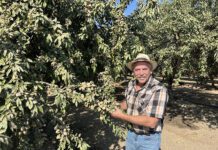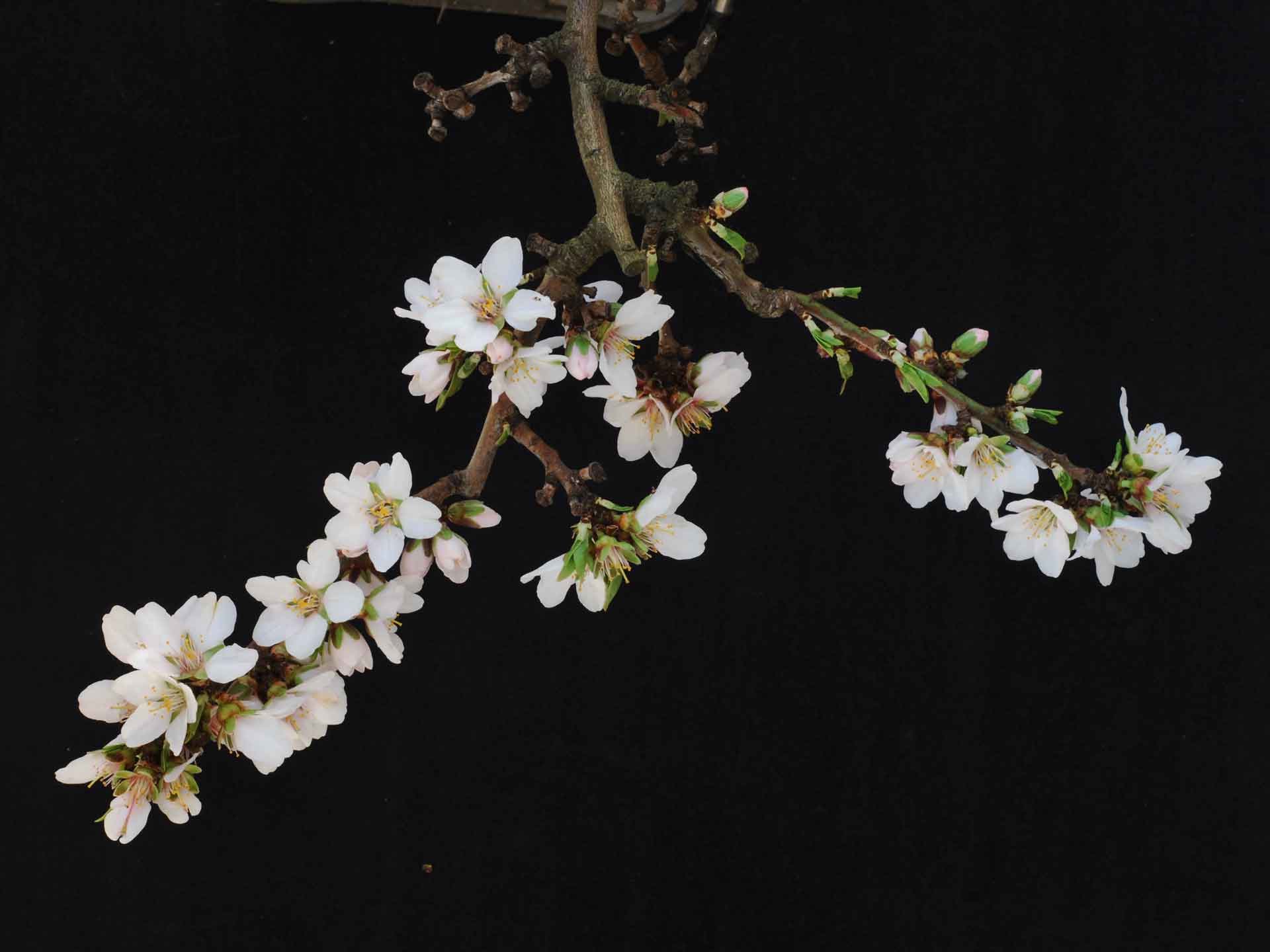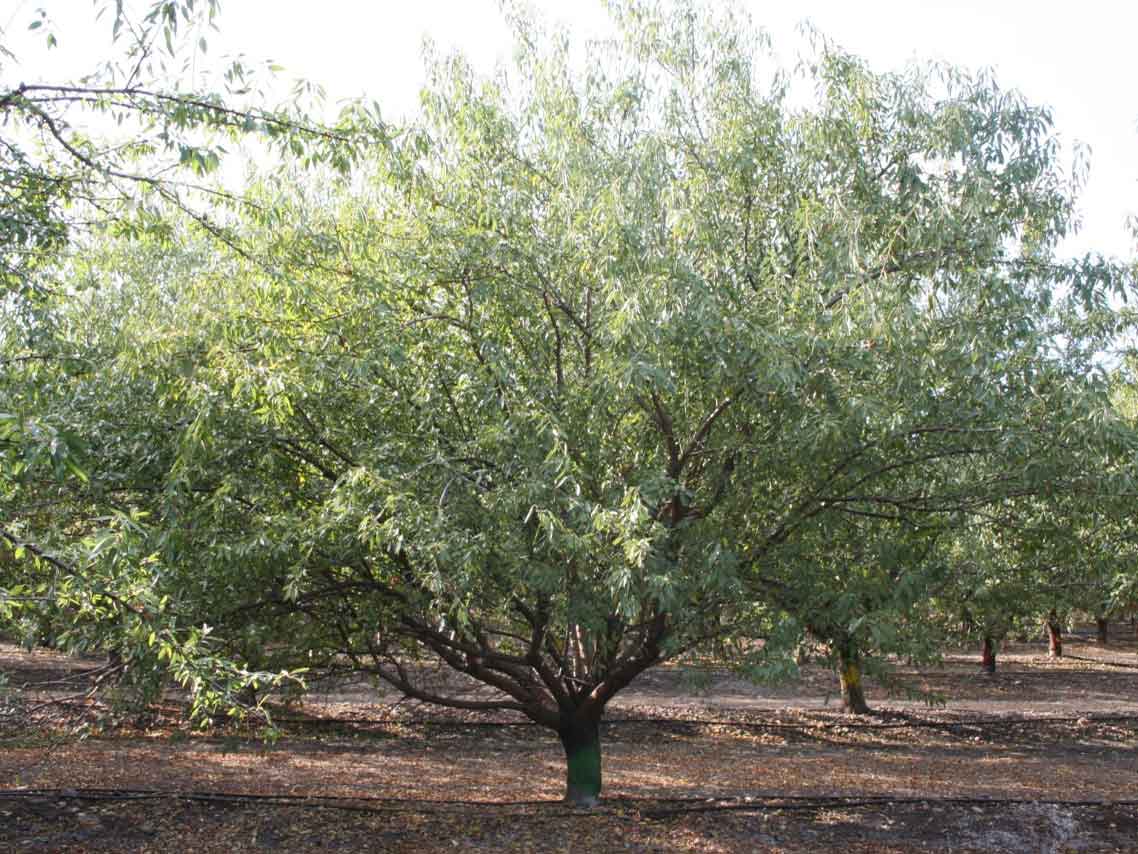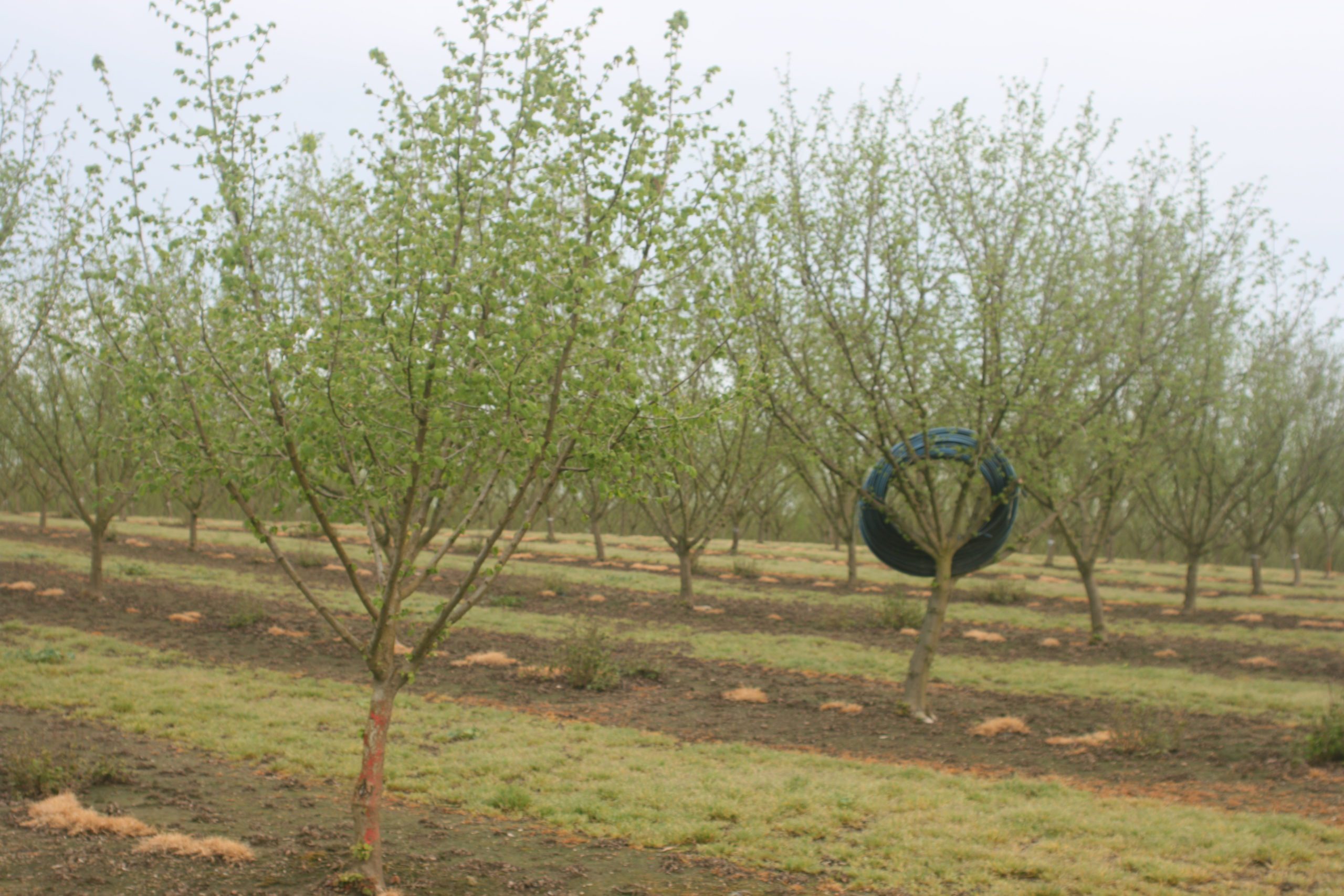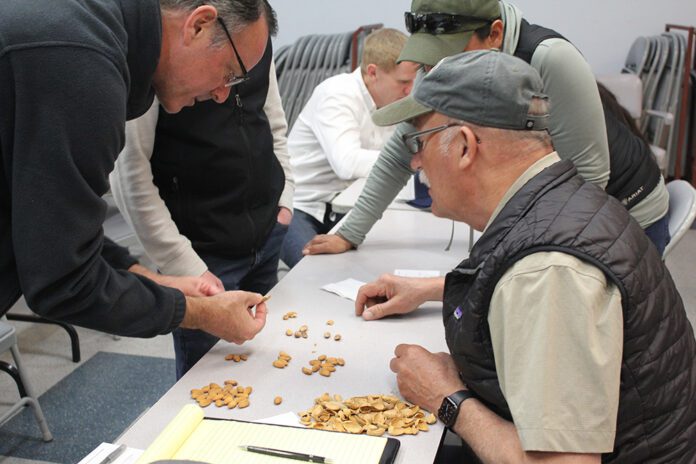
Grade sheets from the huller do not tell the entire story about insect damage in an almond crop. Damaged kernels may be counted, but kernel fragments chewed on by larvae and ants may not even make it to the grade table.
“If the grade sheets show 5% damage, there is actually 15% to 20% in the field,” Trece Territory Manager Daniel Palla said at a recent Almond Board of California pest identification workshop.
Though damage levels may vary from year to year, navel orangeworm (NOW), hemipteran pests and ants can all contribute to sizeable losses (e.g., yields, quality and crop value). A new insect pest, the Carpophilus beetle, damages kernels and can be found alone or in NOW-infested nuts.
A series of Almond Board of California workshops on pest damage identification showed growers and PCAs how to recognize pest issues and identify damage caused by insects.
Identification of the nut damage is key, Mando Perez, PCA and territory manager for Semios, said at the workshop. Economical pest management decisions need to be based on what insect is causing damage to the crop. Targeting the wrong pest can be costly. The major almond pests causing economic injury are NOW, causing feeding damage to kernels and introducing mold and aflatoxin risks; Carpophilus beetle, causing feeding damage in kernels; ants, causing kernel damage and quality loss; and stinkbugs, causing brown spot on kernels.
“As a PCA, I want to increase the crop value,” Perez said. He detailed sampling timing and procedures including when to conduct sampling in relation to early season to harvest and selecting representative samples. Sampling can help evaluate the effectiveness of an IPM program and assist in adjusting control methods for next season.
The single most important factor in NOW control is how many mummies are left on the tree after the mummy shake.
David Haviland, UCCE entomologist and pest management specialist in Kern County, said two mummies per tree has been the target for many years, but that was based on economics and more tolerance for damage.
“That is a valid number, but is just a target in almonds,” Haviland said.
Palla said depending on the type of equipment used by the huller, a lot of the damaged kernels can be removed along with shells and foreign material, never making it to grading tables.
Other reasons for losses in value are different almond varieties in one load, doubles and loss of kernel skins, split and broken kernels or any defect that detracts from the appearance of the kernel (gum, shrivel, brown spot or discoloration will typically decrease value.) More serious defects include decay, insect injury or mold. Palla said 1,000 to 3,000 grams or more are analyzed in a USDA sample. Most handlers report damage by weight, not count. For example, a half-eaten nut by weight is only half the damage. Pin hole and brown spot are mostly intact kernels and weigh more than NOW and ant damage.
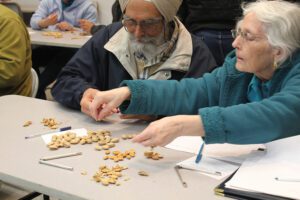
Stink Bug Damage Increasing
Haviland said stink bug damage has been increasing in almonds and causing more concern among growers. Their feeding causes the defect brown spot, which leads to rejection or a downgrade in value at the processor.
“Ninety percent of the grower questions I have been getting are related to brown spot,” Haviland said.
Hemipteran pests that can cause crop damage include brown marmorated stink bugs, boxelder bugs, green stink bugs and leaffooted bugs. Haviland said green stink bugs are causing most of the damage in almonds in Kern County.
Prior to 2010, Haviland said stink bugs were irrelevant as a pest species in tree nuts. They were a minor issue until 2015, when grower use of organophosphates and pyrethroid control materials declined and their numbers began to increase.
Haviland said stink bug management from postharvest to spring starts with noting brown spot damage on grade sheets. If levels are high, growers should conduct a landscape scale evaluation of the site, noting if stink bugs are overwintering in the orchard. If there is evidence that stink bugs are overwintering in the orchard, Haviland said a dormant pyrethroid spray in early April should be considered. Timing is critical, as after mid-April, the spray will knock down the sixspotted thrips that are a biological control for mites.
Green stink bugs have a wide host range and lay eggs where they feed. From April to June, the population is mostly eggs and nymphs. Later in June and July, nymphs have become adults and will fly up into trees to find protein; this feeding causes the brown spot damage.
Stink bugs tend to sting individual nuts multiple times and in random locations. Damage is often in groups of nuts. From March to early May, gummosis can be seen on the hull. Affected nuts abort in June. From late May into June, there is less gummosis seen, but sunken lesions from feeding appear on kernels. From late June and July, there is minimal to no gummosis, but feeding is causing kernel damage.
Haviland’s recommendations for management include scouting for large nymphs in May and June, both in your orchard and neighboring orchards or vegetation. In June and July, look for signs of gummosis and cut nuts to look for feeding. If needed, a pyrethroid spray can be included in the first hull split spray. If the bugs are moving in from outside the orchard, double down on border sprays.
Kernel damage from a new pest, the Carpophilus beetle, is showing up in many growing regions of the state.
Contact Ag Commissioner
Growers are being urged to contact their county agriculture commissioner if they suspect Carpophilus beetle damage. External signs of this pest are tiny round holes on the nut surface where beetles have entered. The holes are typically near hull split areas or where other pests have entered. Adult beetles are small, dark-colored and may be visible inside nuts or around damaged hulls. Larvae are creamy white with a dark head.
Haviland said trapping for Carpophilus beetle in Kern County netted zero pests last year, but he expects at some point it will become an issue with growers.
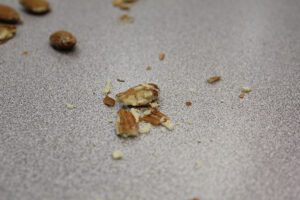
Pest Damage Description
Workshop participants, each cracking out a small pile of inshell almonds, found a variety of insect damage, including damage in a single nut caused by more than one insect pest.
NOW larvae consume the kernel, leaving behind webbing and hollowed-out kernels. Damaged nuts are more susceptible to aflatoxin contamination.
Ants’ damage ranges from minor surface feeding to complete kernel consumption. There is no frass or webbing present after feeding. Ant-damaged kernels are dry and odorless.
Carpophilus beetle feeding leaves powdery frass. There is no webbing, but moist, fermenting damage that leads to rot.

Cecilia Parsons
Cecilia Parsons has lived in the Central Valley community of Ducor since 1976, covering agriculture for numerous agricultural publications over the years. She has found and nurtured many wonderful and helpful contacts in the ag community, including the UCCE advisors, allowing for news coverage that focuses on the basics of food production.
She is always on the search for new ag topics that can help growers and processors in the San Joaquin Valley improve their bottom line.
In her free time, Cecilia rides her horse, Holly in ranch versatility shows and raises registered Shetland sheep which she exhibits at county and state fairs during the summer.




